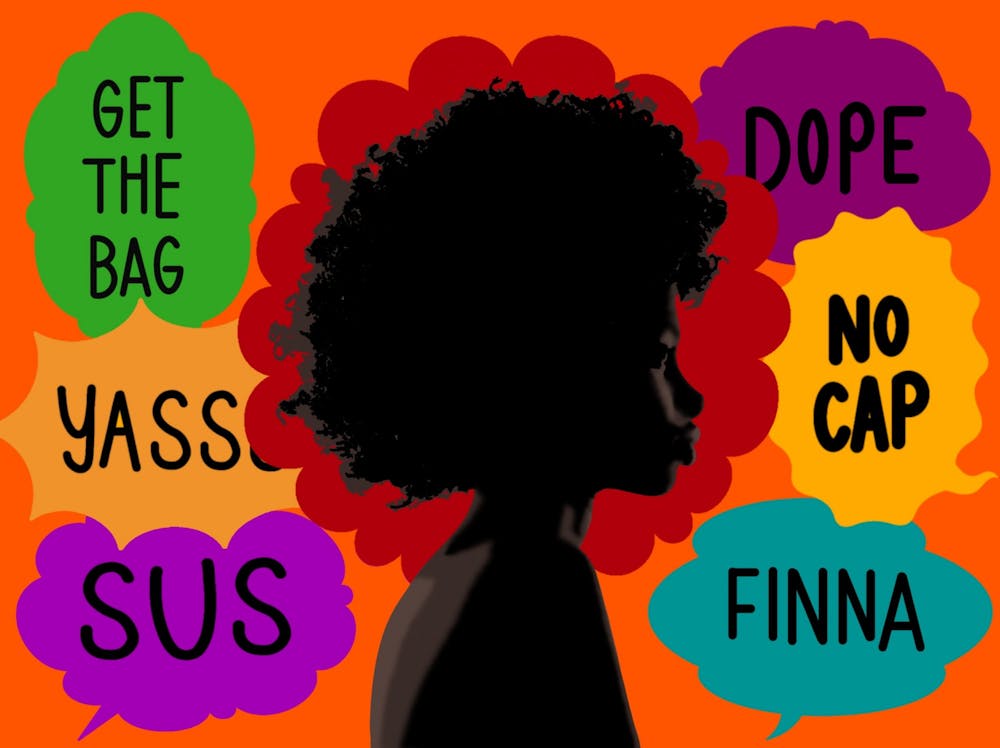I was born and raised in Brooklyn, New York yet when reading “Moon and the Mars” by Kia Corthron, there was so much history and major events going on in 1857 in New York City that I was completely unaware of. One of the main things I was shocked yet very intrigued to learn was the history of Seneca Village. I never knew that the area I so fondly know now as Central Park was once the home to many Black Americans before the Civil War. It is astonishing to think that there was once such a vibrant community of culture that existed there. The same goes for Five Points. Before reading “Moon and the Mars”, I never knew about the culture and the history that existed there. Five Points, although “mostly Irish”, was an intersection of many different unique communities that came together to form such a dynamic neighborhood, the neighborhood that made Theo who she was (Corthron 33). My lack of awareness of Five Points and Seneca Village is perhaps due to the fact that both of these places no longer exist in New York, but I found it so interesting to see how such an impactful community filled with history and culture was swept under the rug, especially for New Yorkers. I also found it shocking to see that at the time the novel is set, Harlem was described as a “White” town and the home of the “nativists” (Corthron 77, 85). Harlem is now a city filled with Black history and is renowned for its contributions to the Harlem Renaissance and African American culture. I had another similar reaction when reading Auntie Eunice’s letter to her husband Ambrose where she described the area of her new apartment in Greenwich Village as “little Africa” and “coon-town” (Corthron 111). Greenwich Village now is predominantly White. Reading “Moon and the Mars” highlighted for me the transformation of many of New York’s cities and communities over the years. The demographics of many cities and areas as I know them today are starkly different. The area of New York City that Theo grew up in, which was once filled with immigrants, is now predominantly white.
Theo is the product of Black and Irish heritage. Her Irish side embodies Irish heritage, maintains their Irish accents and culture, discusses their connections to their homeland, and so much more. Theo’s Black side of her family also often maintains their culture despite the struggles of the immigrant experience that they face. They celebrate things like Pinkster and continue to practice the A.M.E. religion. Now, many of those immigrant communities have moved to areas like Brooklyn, where I am from. Today, Brooklyn is the center for the immigrant experience mixed with Caribbean, African, Asian, Jewish, Italian, Irish, and Black cultures. While these communities are bolstering with authenticity, culture, history, and so much more, similar to what goes on with Seneca Falls and Five Points in the novel, the areas I call home are also being subject to gentrification. Every time I go back home whether that be for Winter Break or for the Summer, I am shocked to see how much my community has changed. Many of the places and small towns that clearly exhibited Brooklyn’s diversity and culture of the immigrant experience are now taken over by White communities. The Caribbean markets have now become apartment buildings for many newcomers moving to New York for the city experience. Many Black people, other people of color, and marginalized communities are being pushed out of their homes much like how Auntie Eunice and Mr. O’Kelleher are forced to leave their homes behind in Seneca Falls. In that regard, I was able to resonate with Auntie Eunice when she communicated her sadness in having to move her home. Seeing how much my hometown changes due to wealthier white people taking over makes me wonder how much my community will change in the next 20 years.

